Kiwi Ears KE4
“New Meta” tuning for the “masses”
The Kiwi Ears KE4 is one of the most significant IEM releases of the year. Priced under $200, this hybrid 2xDD + 2xBA IEM offers a window into a “new meta” tuning that is quickly becoming the de-facto new Target ’tuning’ to potentially replace Harman IE2019 or at least become the foundation for Harman IE2024.
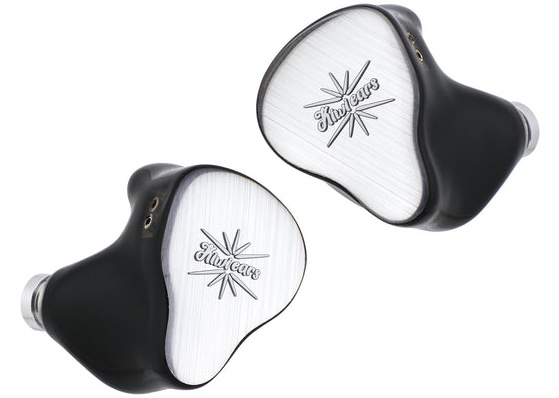
Scientific Research published recently has shown this new tuning is one that everyone should at least experience and the KE4 as one of the few IEMs with this tuning and given it is currently the cheapest is a great way to experience this tuning.
Because this IEM might be the first opportunity for many to hear this “New Meta” tuning I thought I would write this review a little different from my previous reviews cross-posted on head-fi and do a little bit of a deep dive in that research I mentioned above and reverse how I do reviews showing graphs, targets and measurements before actually getting stuck into the subjective aspects like the comfort (which is excellent) and the sound quality (also excellent though as I will explain some people will definitely find it ‘boring’).
I would like to thank Kiwi Ears for providing the KE4 for the purposes of this review. If you are interested in purchasing it here is a non-affiliated link to their store: here. Alternatively, you can find it on Linsoul.
So, if you get bored talk of target curves, graphs and the latest AES research feel free to skip this next section. Because of the research just published I rewrote my review and decided it should explain why the “Tuning” target for the KE4 is very significant.
I believe this “New Meta” / JM1 / Soundguys target will become dominate over the next year and I have no doubt we will see a huge number of IEMs which will sound similar to the KE4 over the next few months.
But, I also believe a new target should not be taken as the “one true tuning” rather it should just become a good basis for understanding your own preferences / target and how it differs from industry norms, for example, with this JM1 tuning, I personally prefer slightly less bass to sound balanced to my ears and with some genres of music the more V-shaped Harman tuning is more ‘fun’.
The Significance of the “New Meta” Target
The “New Meta” tuning represents a major shift away from the previously dominant Harman IE2019 target, which has shaped the sound of countless IEMs over the past few years. While the Harman target aimed for a “neutral” response but with both an emphasis on the bass and a significant “ear gain” / upper midrange boost, it has recently been criticized specifically for this upper midrange boost, which could be fatiguing for many listeners.
Thanks to improvements from the more accurate measurements that we get with the BK-5128 and some new research — most notably from Sean Olive himself, who just presented some updated findings this week ( which caused me to delay publishing this review ) — we now have a more accurate understanding of what “average” listeners prefer. But to fully understand what is different with the “new meta” target I need provide a little bit of background on “audio” measurements.
But you might ask how does this related to the KE4 - let me start with a graph from Crinacle (newly open to everyone) graph database here:
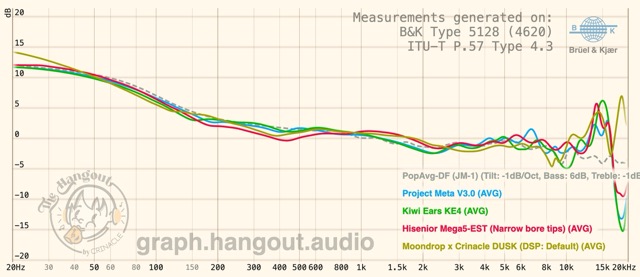
This graph might look a little different from others you have seen previously, but it’s showing compensated ’tilted’ measurements of a few IEMs (the Crinacle Dusk “DSP”, the Hisenior Mega5EST ), Crinacle “Project Meta” and the KE4, all compared to the JM-1 Target (with a -1 DB Tilt and a 6dB bass boost).
Why represent the measurement this way? It’s because this new research is showing a convergence
between “Titled” diffuse Field measurements of Headphones and IEM with the original Speaker research
that is the foundation for Audio science as far as user preferences for audio is concerned.
But before I delve a little into Speaker measurements,
it is definitely worth watching Joel’s (i.e. JM-1) video on how he came up with the Target:
Speaker measurements
Speaker Measurements thanks to the original research by Floyd Toole (and his excellent book “Sound Reproduction: The Acoustics and Psycho acoustics of Loudspeakers and Rooms” - soon to be updated with a 4th edition ) we have an extremely accurate way of understanding how a particular measured speaker will sound.
That is before its put into “your room”, but even then it gives indications of how your room will affect the sound of a given measured speaker. The research over the past few decades shows we have a general model of what makes an excellent sounding loudspeaker and one that have been proven with 1000’s of blind listening tests and published research that Floyd Toole and his colleagues (including Sean Olive) conducted initially in Canada and subsequently when they joined Harman Research.
This research basically confirms that on the majority of listeners prefer a ’neutral’ (i.e. Flat in an Anechoic chamber) sounding speaker with the majority of well recorded music. Due to the nature of a typical “Room” boosting lower frequencies over higher frequencies this “Neutral / Flat” line will always have a downward slope / tilt from the bass frequencies to the treble frequencies. I would encourage you check out both ‘Erin Audio Corner’ Speaker reviews (and Amir over at Audio Science Review) who both have expensive Klippel near field scanner and present and explain why some speakers will sound better than others.
For example, here is an example of a Genelec studio monitor measured by Amir over at ASR
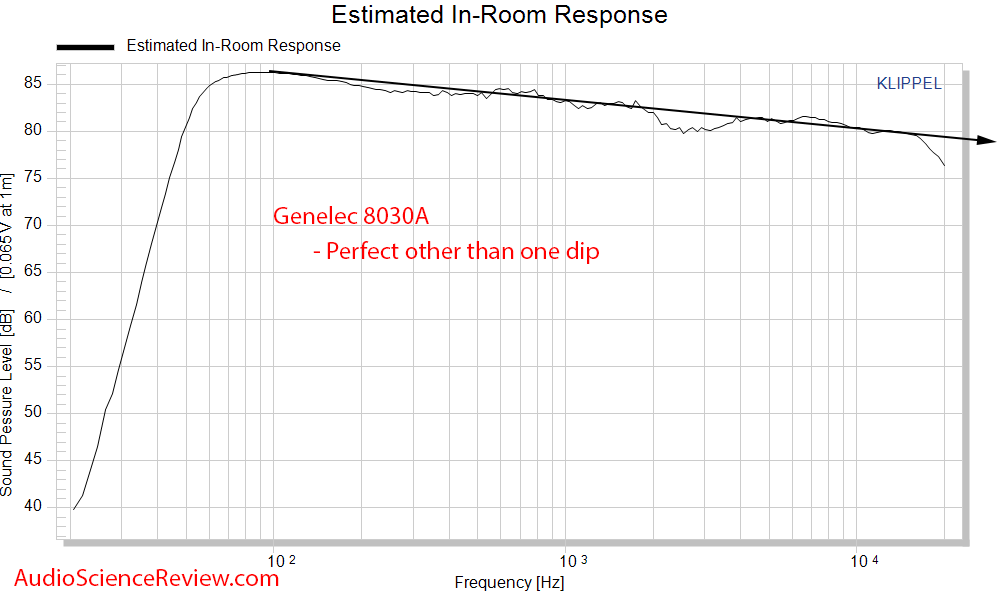
The Tilt
That “Tilt” style used in the speakers measurements are now being used by both Crinacle and the Headphones.com team to also apply to headphone and IEM graphs (via “compensation”), but if you follow lots of both Erin and Amir’s speaker reviews you will see that the exact angle of this tilt less important than that there are no big deviations from the flat download slope of this “tilt”, so there really isn’t an agreed angle. I personally would love to see a “tilt” adjustment (like Bass and Treble adjustments) in future audio products.
So again referencing those initial measurements from Crinacle’s BK-5128 - this time I have just left the tilt but
removed the extra bass boost (you will see the reason why in minute) and I just left the KE4 and Crinacle “Project
Meta” (which isn’t released as I write this review) as both are astonishing similar:

Note: if this was a “hyper critical” speaker review 3 aspects of the measurements above might be of concern. The bass boost, the upper treble boost and possible that little dip between 1K-3K. That latter area is often manipulated to provide a slightly wider soundstage and if you compare with the Genelec Speaker graph you will see it shares that same feature for similar reasons (as do most ‘soundstage’ headphones like HD800 or most Hifiman Headphones.
But the Kiwi Ears KE4, the Project Meta, the Hisenior Mega5EST and other “Meta” tuned IEMs all have this same Bass and upper treble Boost, so to cover this let me introduce another “Target” reference that I mentioned earlier, the “Soundguys” Target. Independently of the JM-1 target development, Soundguys developed their own target which happens to be almost exactly the same as JM-1 (or it is at least JM-1 with a Bass Boost hence the reason I removed the bass boost from the previous graph).
Soundguys Target
Let’s have a quick look at JM1 (with a bass Boost) and Soundguys Targets uncompensated:
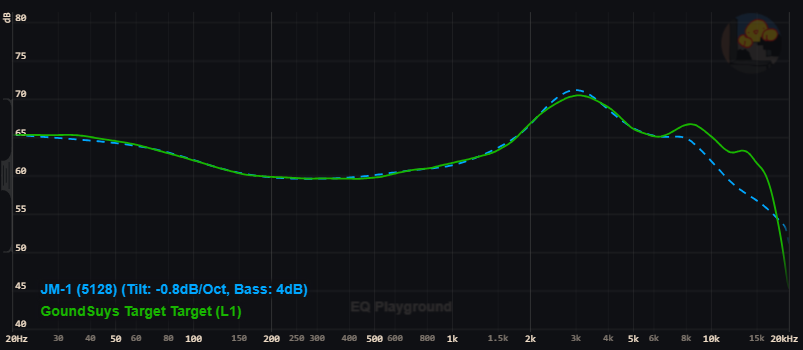
Note: Thanks to Markanini over at ASR for this comparison graph.
So you can see the Soundguys has that same bass boost that these new IEM Meta tuned all share and even have a
slightly boosted upper treble which again appears within the KE4 measurements. Again here is another
comparison this time with the now typical preference bounds and adding the Dunu DaVinci to the graph for
further comparison:
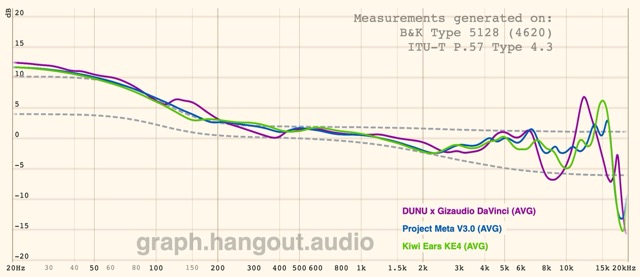
Note: pure “neutral” JM-1 would effectively be line accross the middle of these preference bounds
The latest Scientific research
Up to about a week ago there was very little official research published about these new targets but then Sean Olive released an AES paper showing the latest blind testing he has carried out with a small team of trained listeners within Harman comparing a few different targets. He presented this research paper at a AES conference this week.
This research is freely available here
Note: While this research is very interesting (and important) for the future of IEM targets and I thought it was useful for this section of the KE4 review, I would say the number of people and even the number of test tracks used was quite limited, so I would expect expanded research over the coming months.
So, here are the 5 targets compared in the research:
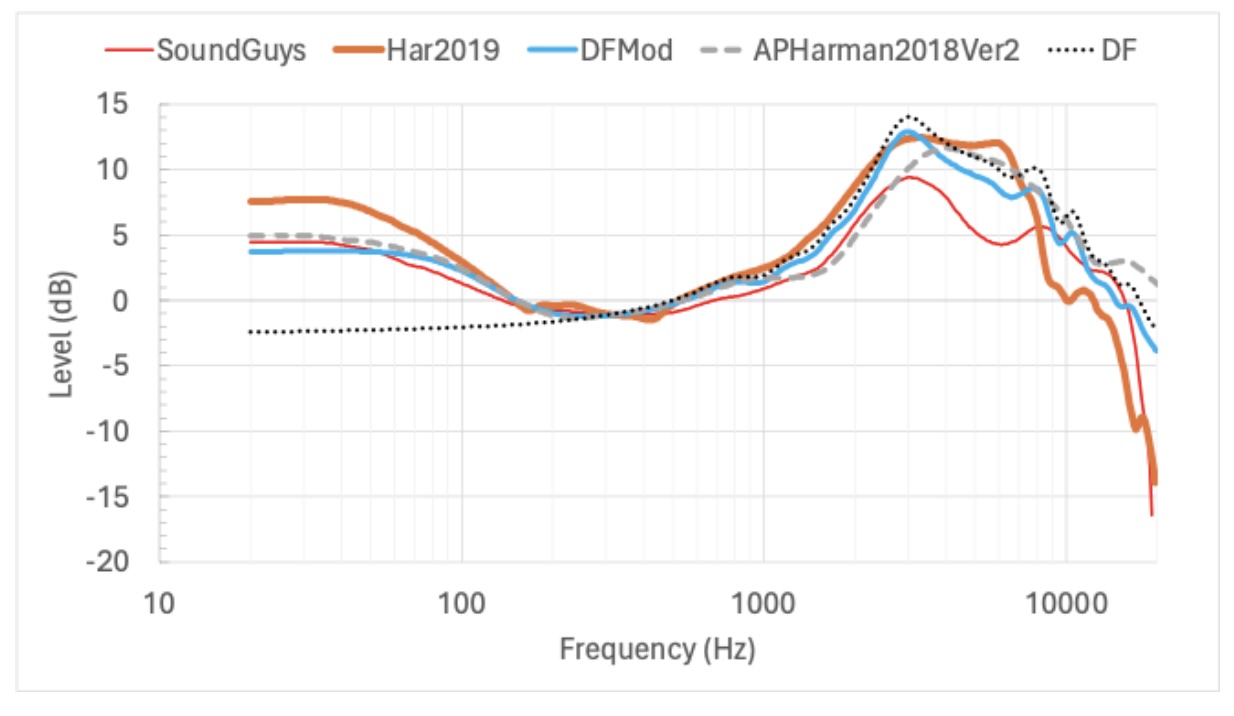
So, crucially he used this Soundguys target in this testing (hence why I added this section - effectively JM1 with a
bass and upper treble boost), and it was found to be in a statistical tie with the latest Harman Target
(technically slightly beating the Harman IE2019):
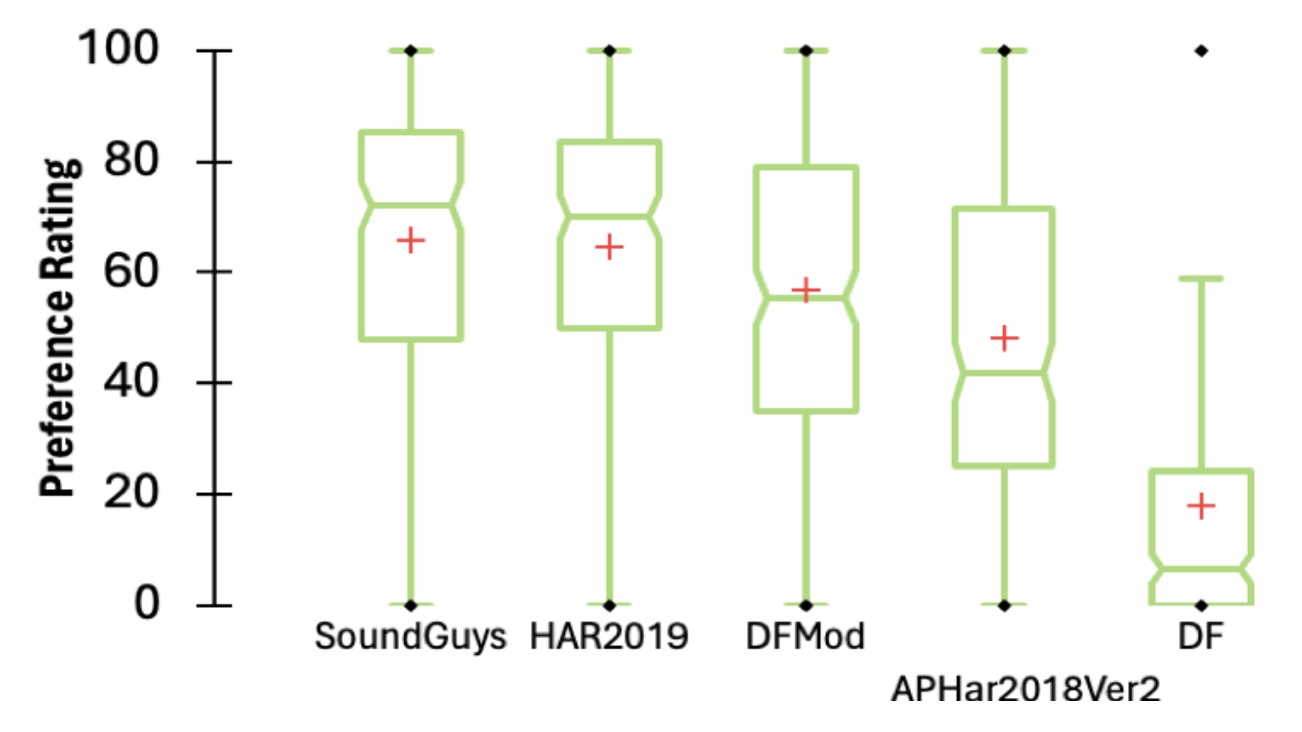
Considering this research was done with “trained listeners” within Harman who would be well-used to the Harman IE2019 sound I think it’s a very significant change in “researched” preferences.
But probably the most interesting aspect was that these very different target curves were preferred by the same group of people, because this means as many people in this hobby already know, it worthwhile having a few great sounding IEM’s with different tunings, there is not just “one true target curve”.
What does it mean for the KE4?
So what does this mean for the KE4? It mostly means up to now the hype surrounding the IEM’s like the HiSenior Mega5EST and the Crinacle Dusk DSP is totally justified, but given the Kiwi Ear KE4 is 1/2 the price of those IEMs and is arguable more comfortable, it is the reason I believe this is one of the most significant IEM releases this year.
So, if you are still reading, I think it’s finally time to get into the subjective aspect of the KE4.
So first lets see what you get in the box.
Unboxing and Build Quality
The unboxing experience of the Kiwi Ears KE4 is fairly straightforward but solid.
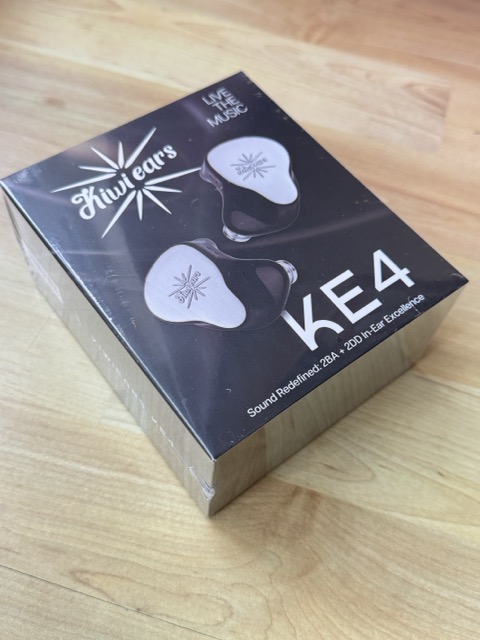 |
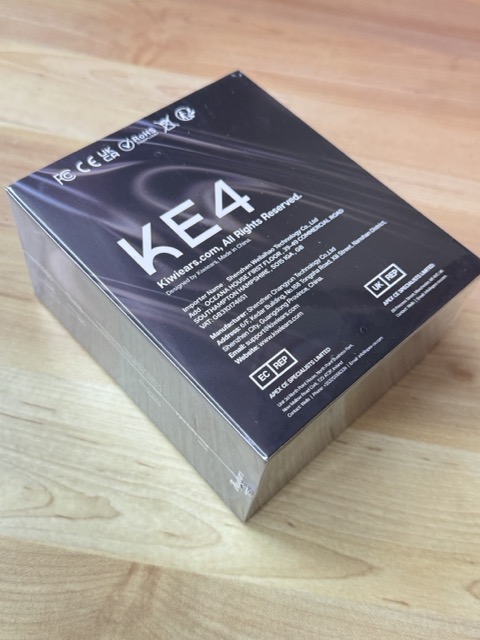 |
The box is minimalist and doesn’t really match up to other $200 IEM unboxing experiences, removing the outside sleeve reveals the box:
 |
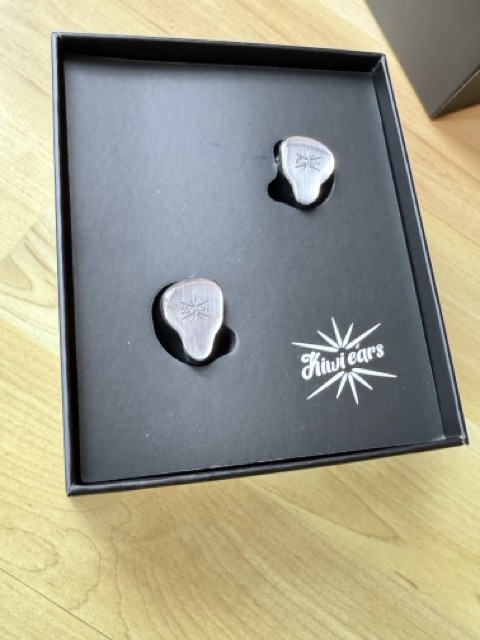 |
Underneath you’ll find the case, and inside you the cable, a small selection of eartips and some replacement caps:
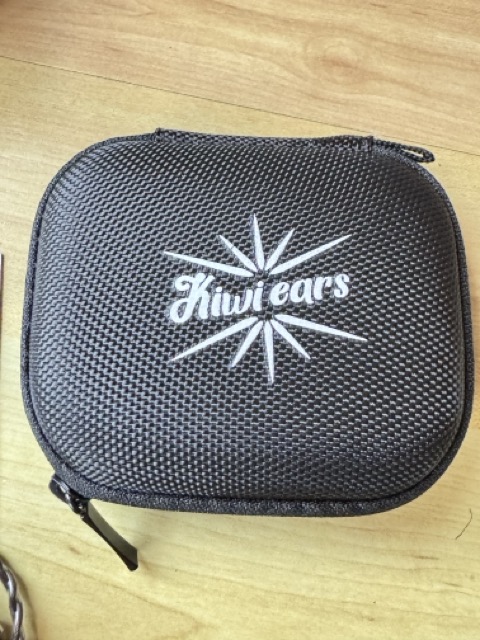 |
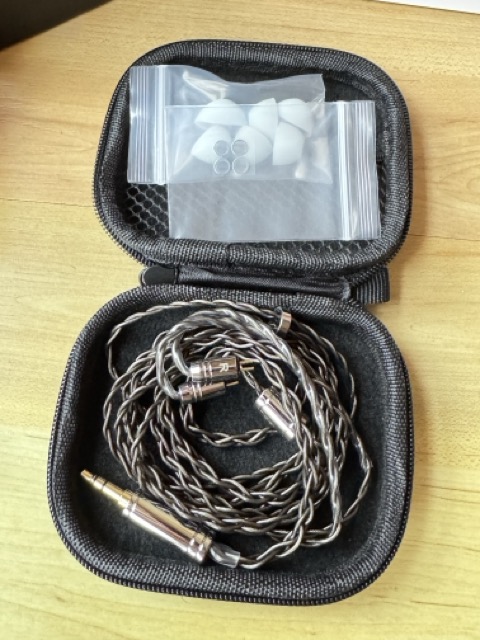 |
Overall, I would say it’s a basic accessor offering for an IEM in this price range.
The IEM
But the IEM itself is gorgeous with a lovely shell and an excellent opinionated shape:
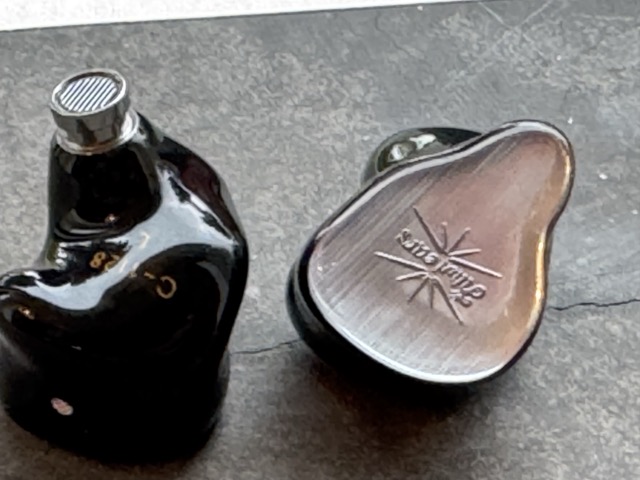
The nozzle is medium-sized on the size and nicely angled (at least for my ears) so this greatly helps with the
comfort and fit:

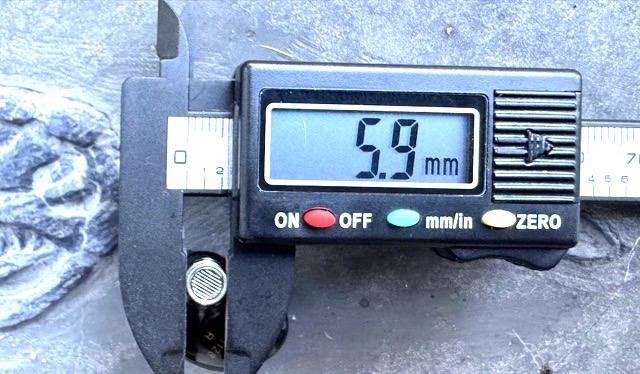
Here are some photo comparisons with a few of my other IEMs, left to right.
FiiO FH19, Truthear Zero Red, Orchestra Lite, KE4, Meze Alba, FiiO FD15.
 |
 |
 |
The Eartips
The eartips provided have a slightly unusual design:

I would have preferred more eartips options to suit different shaped ears, but they are very comfortable and I had no problems with them falling out.
While I did initial use these eartips for a few days, I ultimately switch to my favourite Dunu eartips, though I did my measurements with the supplied eartips.
The Cable
The Cable is merely ok for this price range, I found it a little thin, and it got way too easily tangled:
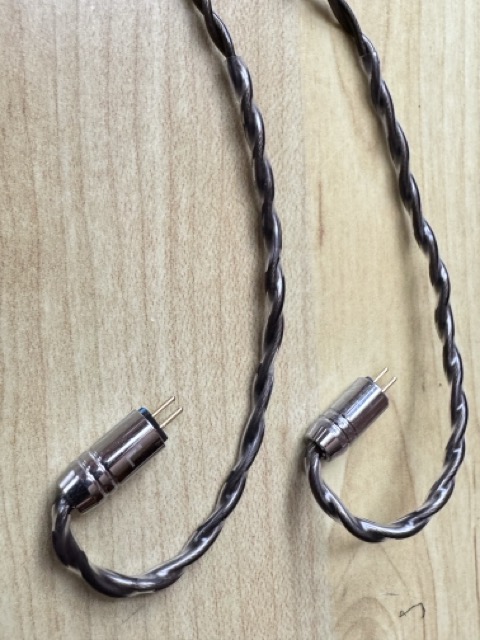
I would suggest swapping the cable for a higher quality one, for example Kiwi Ears Orchestra Lite cable is much better.
But it’s connectors are built well enough:
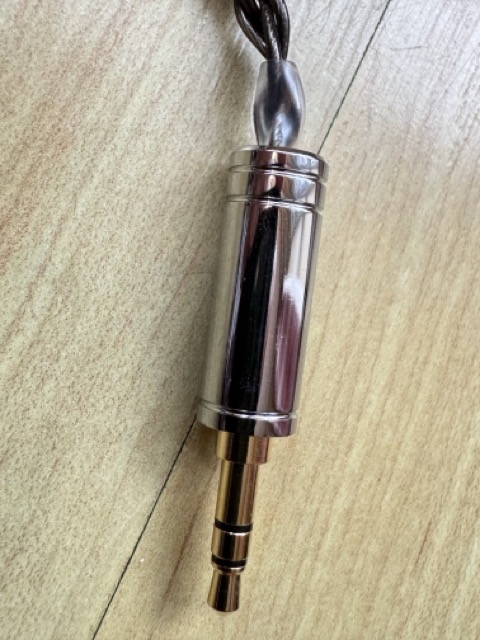
And has a nice shape to wrap around your ears:
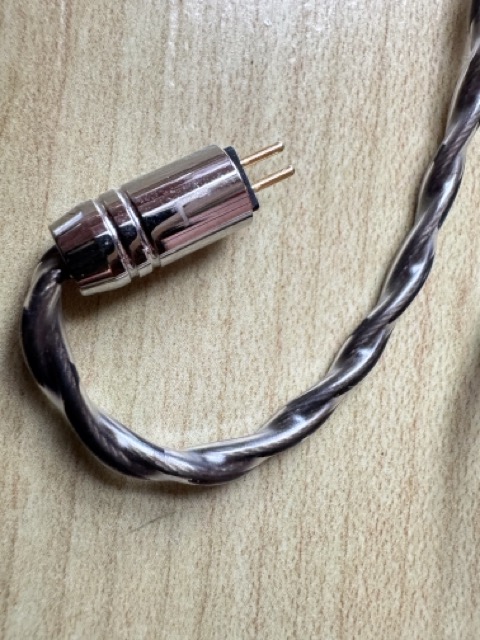
Sound Impressions
So, when I first wrote this review I focused mainly on these sound impressions, but there are many other reviews with sound impressions but especially because this new published research I rewrote most of this review. But hopefully below you will see get an idea of how the KE4 sounds for me and the pros and cons of having a “New Meta” tuned IEM.
If I was to summarise how it sounds it would be “silky smooth neutrality with a bass boost and a ‘safe’ recessed treble”.
Bass
The bass on the KE4 is well-controlled, providing a satisfying thump without overwhelming the rest of the spectrum. For the most part, the bass feels balanced, but there is a slight elevation in the mid-bass that may be a bit noticeable for some listeners. In tracks like Billie Eilish’s “Bad Guy”, the bass felt just a touch overpowering hence my preference so a slight bass reduction. However, on 99% of the tracks I tried including classic bass-heavy test tracks like Portishead’s “Roads” and Massive Attack’s “Angel”, the KE4 delivers tight, punchy lows that are impressive for the price range.
So, for my personal taste, I might drop the bass by 1dB for a more neutral tilt.
Mids
The midrange is where the KE4 truly shines. The lower mids seamlessly blend with the bass, creating a smooth and engaging sound without ever feeling recessed or overshadowed. Vocals, especially female vocals, come across naturally, without the dry or overly polished texture found in some other IEMs tuned for neutrality. Tracks like Tracy Chapman’s “Fast Car” and Elvis Costello’s “Baby Plays Around” showcase the midrange beautifully, with vocals sounding both intimate and expansive.
Treble
The treble on the KE4 is generally well-behaved, though it does err on the safe side.
While it avoids the harshness or brightness that can plague some IEMs, it also lacks a bit of sparkle or air.
Especially for listeners coming from a “Harman” or V-Shaped tuning will find this treble too “safe”.
But on traditional challenging tracks like Michael Jackson’s “Billie Jean” and The Beatles’ “She Said She Said
(2022 Mix)”, the treble performed admirably, never becoming fatiguing or shrill.
However, for those seeking that extra bit of excitement in the high end, the KE4 will feel a little too restrained.
Soundstage and Imaging
The soundstage of the KE4 is not the widest you’ll find, but it’s good for this price. What it lacks in width, it makes up for in imaging. Instruments are placed with precision, and layering is excellent. On tracks like Iron & Wine’s “Sweet Talk”, the imaging really stands out, with each instrument and vocal line distinct yet cohesive.
I believe the benefits of this tuning over a Harman tuning are really that mid-range clarity which help emphasis the precise imaging, this is why you need at least one “new meta” tuned IEM in your collection.
Specifications and Measurements
| Specification | Details |
|---|---|
| Transducer Type | 2 Balanced Armatures, 2 Dynamic Drivers, 1 Knowles RAD-33518, 1 Customized RAB-32257 |
| Driver Details | 1 Ultra-High Frequency Driver, 1 Mid-High Frequency Driver, 2 Low Frequency Drivers |
| Frequency Response | 20Hz – 40kHz |
| Impedance | 28Ω |
| Sensitivity | 102dB (±1dB) |
| Connector Type | 2-Pin |
Frequency Response
All these measurements (unlike the ones I presented earlier) are done with my KB501X soft ear pinna with a 711 clone coupler.
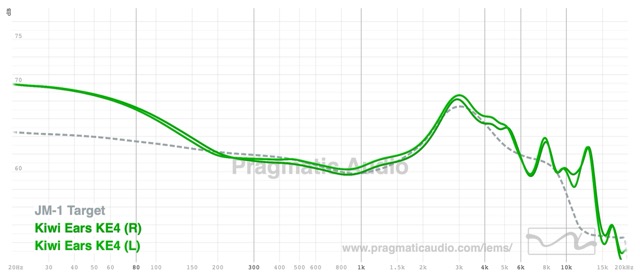
So you can see a similar shape to my KE4 measurements (though Crinacle measurements that I presented earlier are obviously more accurate using his BK-5128).
Note: The JM-1 target on my measurement Database is neutral without that bass boost - I will be updating the Database soon with preference bounds around JM-1 and other niceities.
Distortion
The KE4 has very good low distortion when playing over 90dB always under the audible limits (of roughly 40dB):
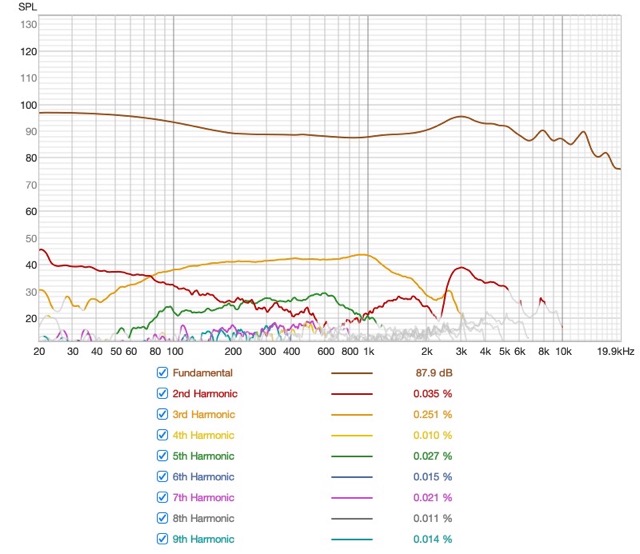
Measurements Comparisons
I thought it might be interesting to compare the KE4 with some other similar priced IEMs that I have reviewed in the
past few months (and the Meze Alba - review coming in a few days):
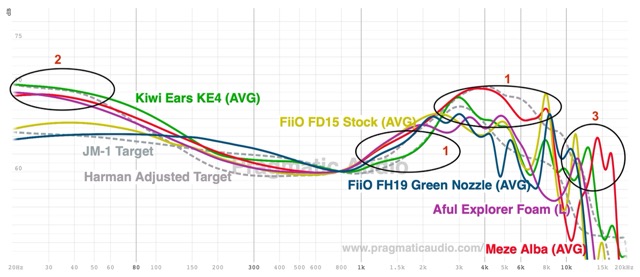
Since this graph comparison uses Harman (as the other IEMs would normally be compared to Harman) I thought I would highlight the key differences with the KE4 from these other (all excellent) IEMs:
- Highlights the 2 areas where JM-1 / Soundguys target is different in the midrange between a typical Harman (like the Meze Alba in ‘Red’)
- The KE4 (and other similar tuned JM1) have a ‘Harman like’ subbass - though my specific model may be similar to
some versions that the headphones.com team mentioned in their review with slightly extra bass:
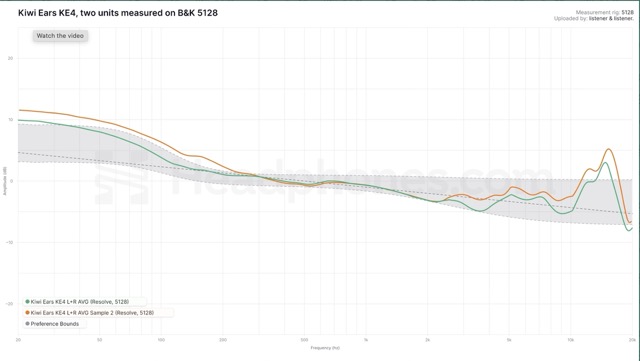
- The KE4 has that specific upper treble boost (similar to the Soundguys target)
So, you might be wondering which of these IEMs which would I prefer the most? It would be either the KE4 with a slight bass reduction or the FiiO FD15 (which has closer to JM1 Neutral bass but does have a more Harman midrange so maybe EQ it down to JM1 range). But, and the research confirms this, I would also want to have in my bag, an excellently tuned Harman IE2019 IEM like the rather excellent Meze Alba.
Rating
I am giving the Kiwi Ears KE4 a very pragmatic 5-star rating. While I have a few quibbles about accessories and especially the cable. The IEM itself is extremely comfortable and the tuning is mostly excellent, but it won’t be the most exciting ‘sounding’ IEM to be released this year. But it does allow everyone to appreciate this “new meta” ‘Neutral with a bass boost’ tuning and for that reason, it is an easy 5-star rating.
I personally would tweak the bass slightly for my personal taste (at least with the model I have been listening too), these are minor issues that do not detract from the KE4’s overall excellence.
Conclusion
So, Kiwi Ears has done something special here, providing a relatively cheap option for listeners who want to experience what this cutting edge tuning is all about without paying the high costs associated with 4 or 5 flagship models that have up to this point been the only way to officially hear this tuning.
If you’re looking to expand your collection with something tuned for modern preferences, the KE4 should be at the top of your list.